April
Lazy days
BOOKS › TV › RADIO › FILM › LETTERS › PUZZLES
MORE THAN A WILD GOOSE CHASE
A Norfolk naturalist takes to two wheels in pursuit of these enigmatic birds
BOOK
THE MEANING OF GEESE: A THOUSAND MILES IN SEARCH OF HOME
BY NICK ACHESON, CHELSEA GREEN, £18.99 (HB)
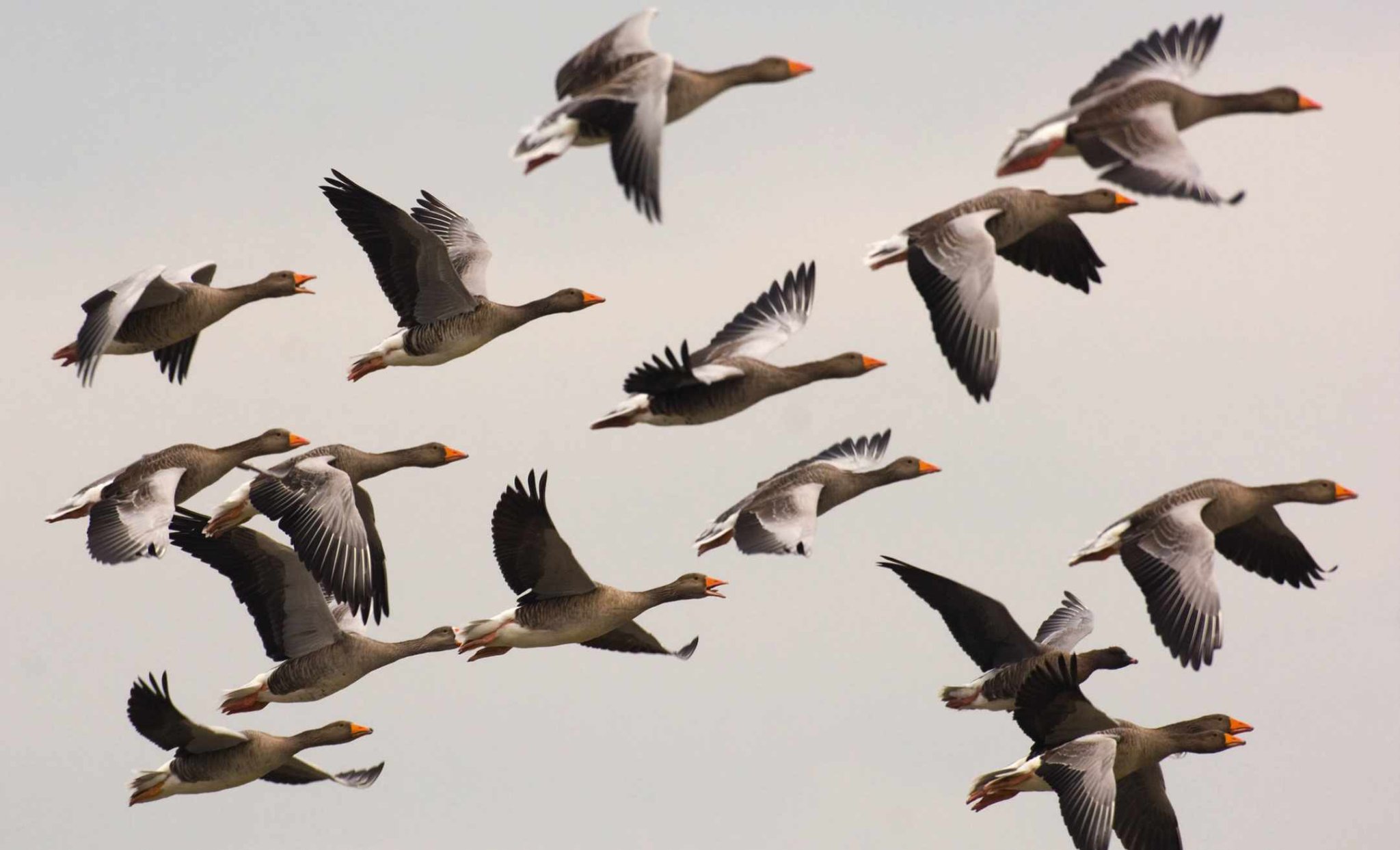
The clamour of wild geese is a constant, thrilling presence in this heartfelt account of a winter devoted to following great gatherings of these enigmatic birds around the muddy marshes and sugar beet fields of North Norfolk.

Expert local naturalist Nick Acheson knows this beautiful area and its wildlife like the back of his hand, but the covid pandemic has left him marooned, alone and without work. He decides to give meaning to his strange new existence by cycling in search of geese.
Acheson’s diary of the ensuing wild goose chase is gorgeously told. He covers the period from September, when the first groups of wintering pink-footed and brent geese touch down, to the balmy days of April, when the last few stragglers finally leave the UK for their northern breeding grounds.
“I’d found my flock,” he says, referring to both the birds and his many enlightening conversations with fellow goosewatchers, from artists to farmers and even a wildfowler.
During his 1,200-mile Norfolk odyssey, the biking birder encounters species and races of geese from every part of the Arctic, observing subtle differences in their plumage and behaviour with touching reverence. They are “continentspanning birds of wind and wild,” he says, “knowers of geography, surfers of the stars and of the globe’s magnetic fields.”
BOOK
BRITAIN’S LIVING SEAS
BY HANNAH RUDD, BLOOMSBURY WILDLIFE, £16.99 (PB)

Representing the generation living through the climate and biodiversity crises, marine biologist Hannah Rudd deftly steers our perception of saltwater across the British Isles in this, her first book. Partnering with The Wildlife Trusts, she reintroduces us to the flora and fauna of our shores through a curious, urgent lens. From sunlit kelp forests to the fierce battles for rockpool resources, to the high seas of the open ocean, Rudd is a wonderful guide on this whistlestop tour. Through six carefully compiled chapters, she explores technicolour clifftops, the shoreline and the seabed, leaving us inspired to look for signs of digger wasps in sand dunes or the trail of a lizard. I’ve got phosphorescent sea pens on my mind.
For decades we have taken advantage of the sea’s bounty, because at times, it has felt endless. Using recent science, economics and ecological research, Rudd challenges this damaging perception, highlighting how misunderstanding has led to colossal misuse and damage.
She reminds us how “the sea is in our blood”, and restoring it is a realistic aim. We forget how Britain’s coastline is strengthened by webs of life-linking estuaries, salt marshes, mudflats, sand dunes, rocky shores and seagrass – and even the most fragile webs can be repaired. Outlining a hopeful series of pragmatic domestic, societal and political recommendations, Rudd calls for us all to nurture a personal, positive relationship with the sea and become “marine conservationists”.
Accessible and bursting with wonder, Britain’s Living Seas is an important reference resource and companion for anyone interested in a wilder world.
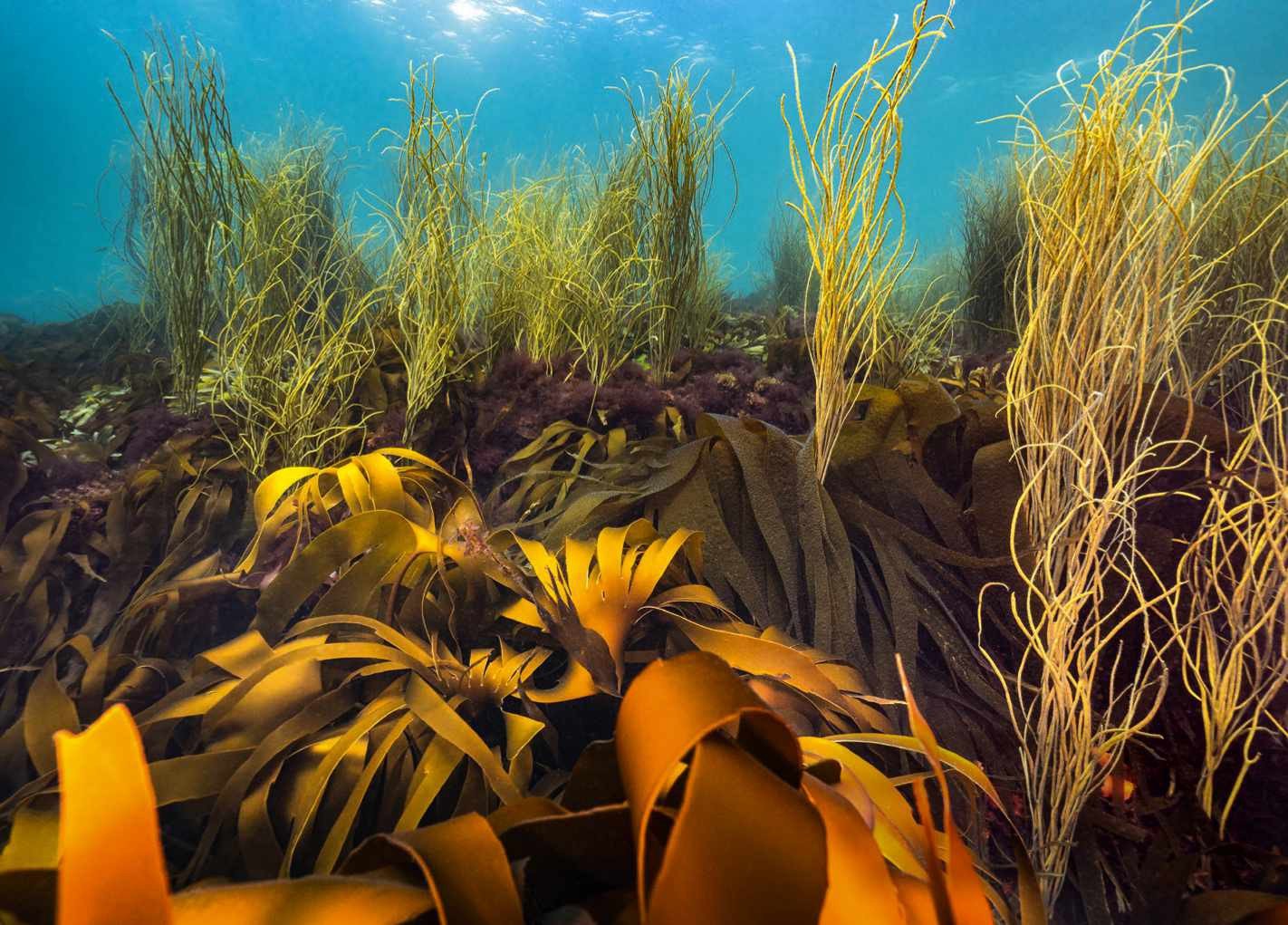
THEATRE
THE LOST SPELLS
GOBLIN THEATRE, TOURING SHOW

A girl with no name finds a magical book of spells that conjures up a compelling wild world in this boisterous, toe-tapping new musical for children based on the everinspiring best-selling book by Robert Macfarlane and Jackie Morris.
A red fox leads the girl down a rabbit hole to a brand new wonderland. On her quest to find what was lost in the wild world, she meets a boy who turns into a seal, flies with a band of jackdaws and battles with conkers. With original live music, The Lost Spells offers a moving and joyful message to save the natural world around us.
See it at Watford Palace Theatre, 28 March – 8 April; London’s Polka Theatre 13 April – 7 May; Keswick’s Theatre by the Lake 24 May – 3June. goblintheatre.co.uk/shows/the-lost-spells
BOOK
BETWEEN THE CHALK AND THE SEA
BY GAIL SIMMONS, HEADLINE, £22 (HB)
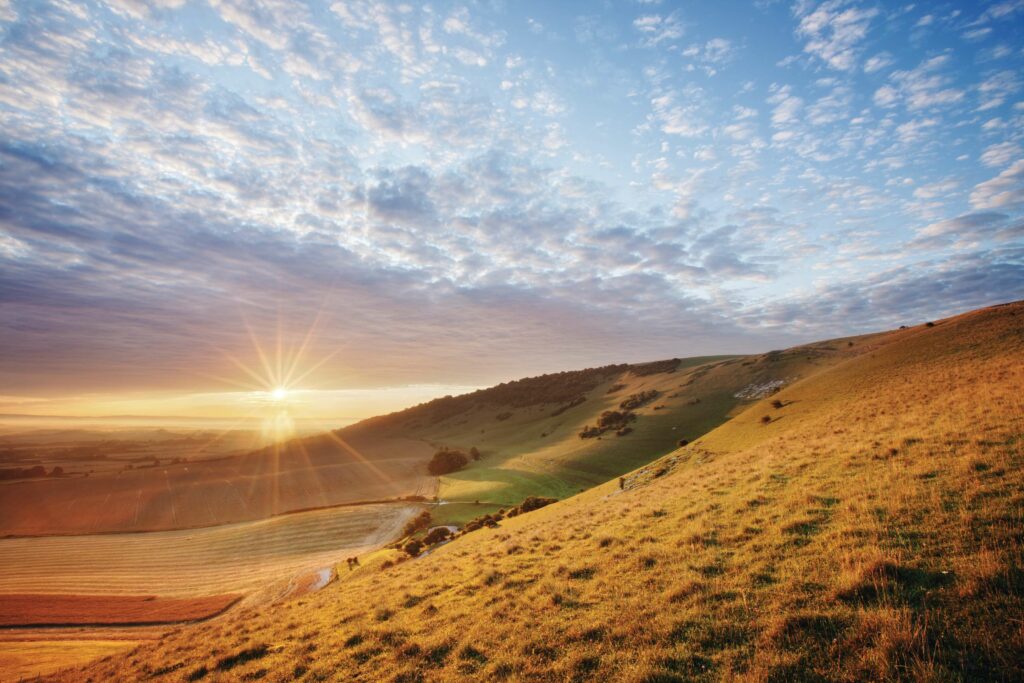
Gail Simmons happens across a medieval map of Britain at Oxford’s Bodleian Library. Intrigued by its crisscross of red lines, she hones in on The Old Way path, that stretches from Southampton to Canterbury. Simmons, who has a deep affiliation with chalk landscapes from her childhood, decides to walk its 240 miles “between the chalk and the sea”.

Research reveals the red line to be one of the pilgrimage routes banned by Henry VIII. The notorious king is very much the villain of Simmons’ journey. Landmarks that would have guided medieval pilgrims are lost to his wanton vandalism – a land and power grab in which monasteries and priories were dismantled and the jewelencrusted shrine of the canonised Thomas Beckett destroyed.
But there are remnants of that past: faint Middle Age paintings emerge from white-washed walls of churches where pilgrims gave prayerful thanks, and in the ruins of monasteries and priories in which they rested. There’s a touching moment when Simmons, arriving in Canterbury, receives a blessing from the Archdeacon in the crypt of the cathedral. She’s moved by the experience, but recalling her equally spiritual walk with nature over four seasons, observes: “Churches might offer spaces for contemplation and silence, but so do woods, meadows, hills, rivers, marshes, sea and chalk downland.”
This is a book for the modern pilgrim, as well as nature and history lovers.
Helen Moat, travel writer
EXHIBITION
MOTHER NATURE
J/M GALLERY, LONDON, 9–13 MARCH AND ONLINE
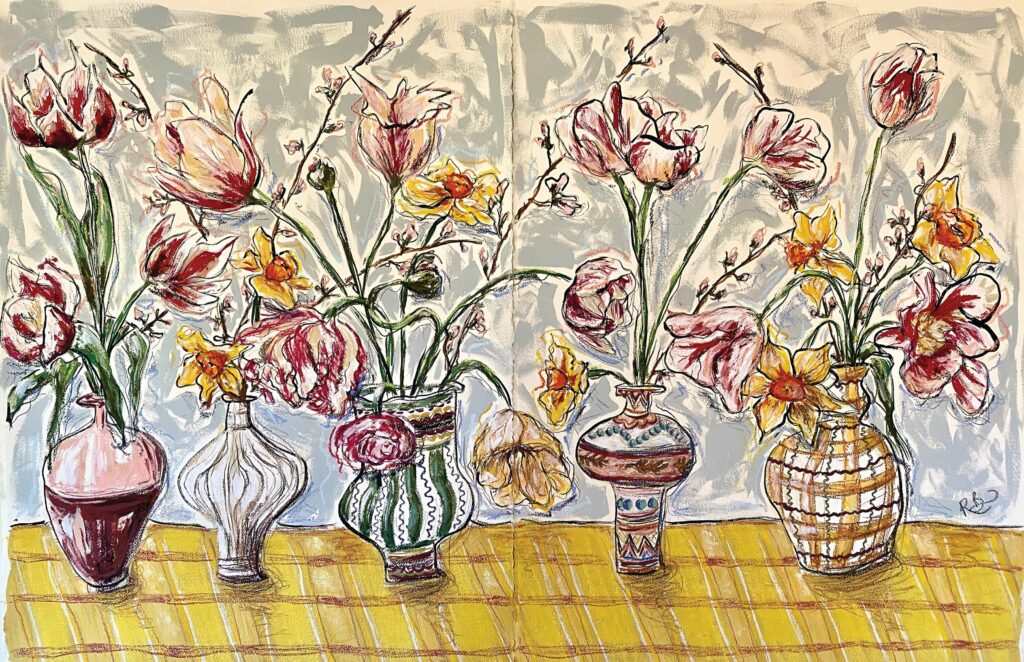
Celebrate women’s harmony with nature through the joyful, vibrant and colourful paintings of three British artists, Camilla Perkins, Rachel Bottomley and Edwina Sercombe in new exhibition Mother Nature. Brought together by curator Amelia Maxwell, the inspiring works express ways the three artists have found strength and solace in the natural world.
“In today’s world, appreciating the majesty of nature, with a view to protecting the environment and safeguarding our future, has never been more important and I wanted to explore the role that women continue to play,” says Amelia. See the show at London’s J/M Gallery, Portobello Road, or online at ameliamaxwell.com/collections/all-items

Q&A
WILD ABOUT OUR ISLES
We talk to Wild Isles series producer Hillary Jeffkins about the challenges of creating these ambitious and groundbreaking new natural history programmes all about British wildlife
You’ve worked with Sir David Attenborough on other wildlife series; how was your experience working with him on home turf?
David was very enthusiastic and excited to be filming in Britain and seemed to enjoy it just as much, if not more than some of his adventures abroad. He was in his element amongst the puffins and shearwaters on Skomer. His curiosity has not waned, and he was interested in the detail of every wildlife story, especially when we managed to film new behaviour.
Which habitat or climate presented the biggest technical challenge for filming?
The British weather was a real challenge: rain, wind and only sporadic sun. Marine habitats are hard to work in. Visibility underwater was at times less than a metre and finding marine life was often like searching for a moving needle in a haystack. Filming underwater is a technical challenge but the team developed a new stabilised tripod and tracking system to shoot beautiful motion timelapse beneath the waves.
Were there any animals that proved particularly elusive to capture on camera?
British wildlife is shy, so hard to film. Killer whales and white-tailed eagles were probably the most elusive animals. Nocturnal dormice and Daubenton’s bats were sensitive to light so we needed infra-red and low light cameras to film them. Strangely, the hardest shot to achieve was that of an ant picking up the caterpillar of a large blue butterfly. Meticulous timing, patience and luck led to success and the final piece in the jigsaw of an extraordinarily detailed story.
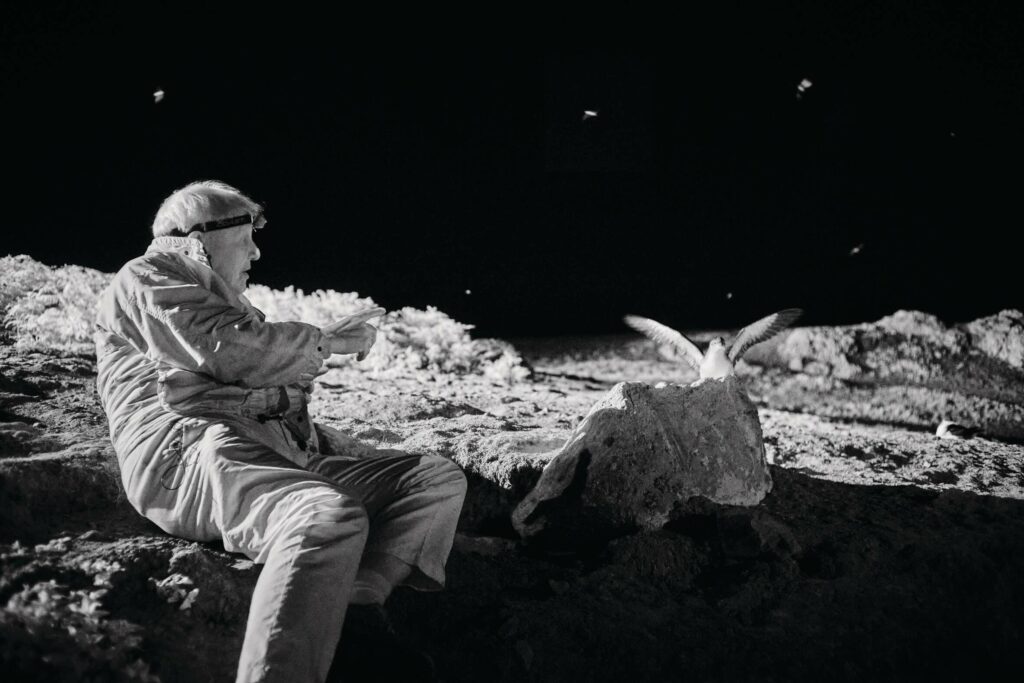
You’ve filmed wildlife all over the world; do British wildlife experiences match the drama you’ve found in more exotic climes?
British wildlife is every bit as exciting as that abroad, and there’s the bonus that you can sometimes go home and sleep in your own bed after filming. Our team witnessed high drama in Ireland. Two well-matched red deer stags clashed antlers and almost fought to the death. There’s drama, too, in the macro world of raft spiders. It was a tense moment when the smaller male approached the female to mate.
If you could choose a favourite, what would be your standout wildlife spectacle from the series?
My favourite moment is an extraordinary and unexpected behaviour involving toads. Every year, tiny, newly developed toadlets emerge from their natal pond on to the land, only to be confronted by their worst nightmare. Hiding in the vegetation are huge leeches that slither out, track them down and swallow them whole. This reminds me of the dramatic scene featuring racer snakes chasing down iguanas from the Planet Earth series, but on our doorstep.
• See our Wild Isles feature on page 48.
• Watch Wild Isles on BBC One and iPlayer from early March.
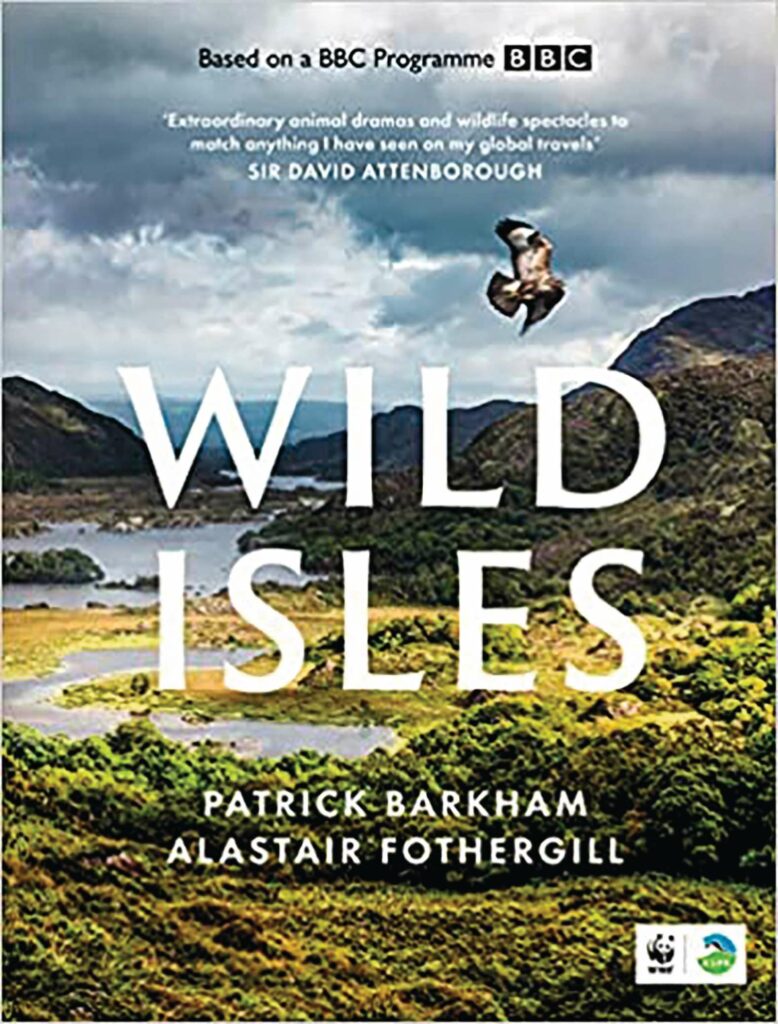
The book of the BBC TV series Wild Isles, by Patrick Barkham and Alastair Fothergill, is on sale now (William Collins, £25).